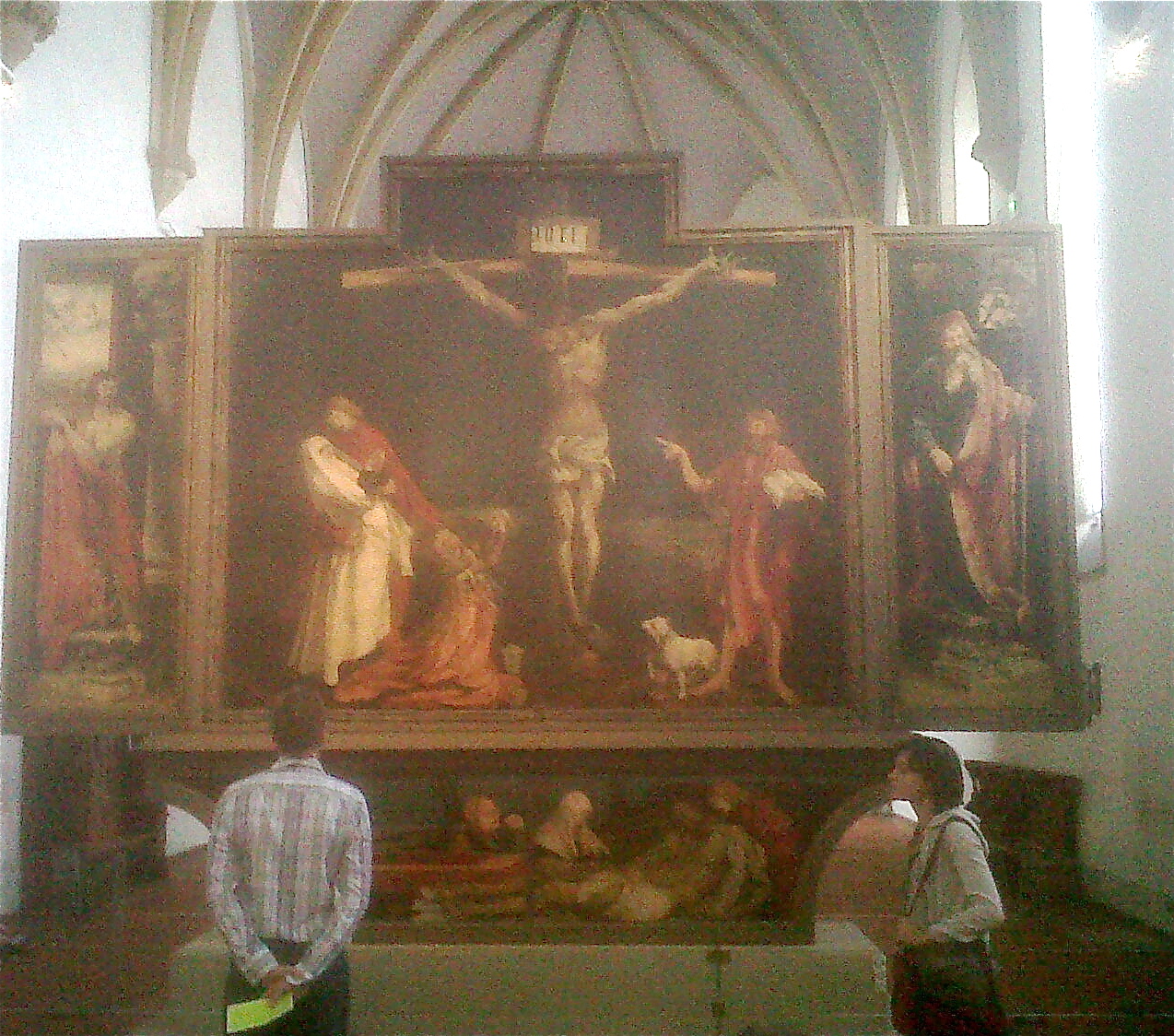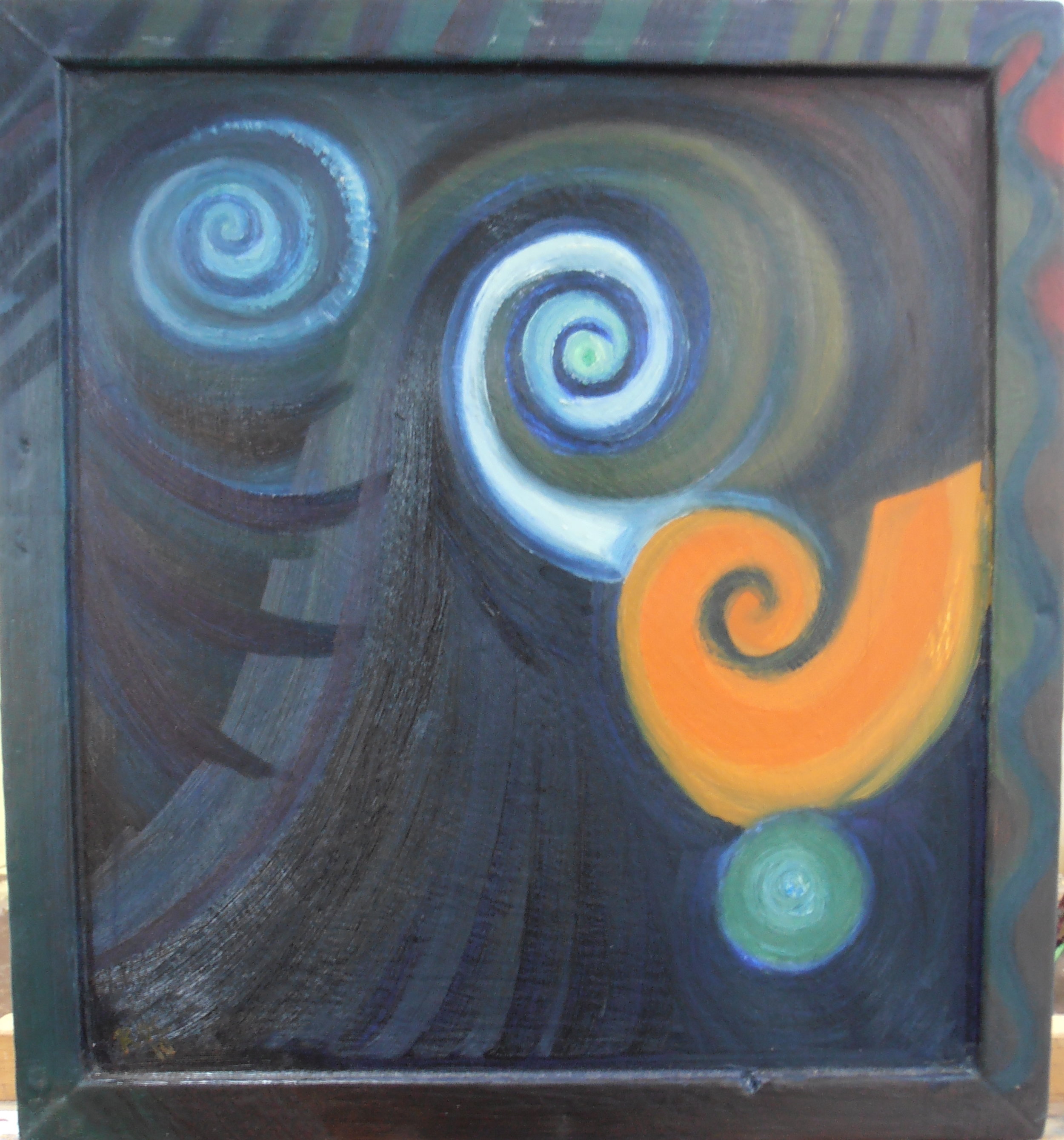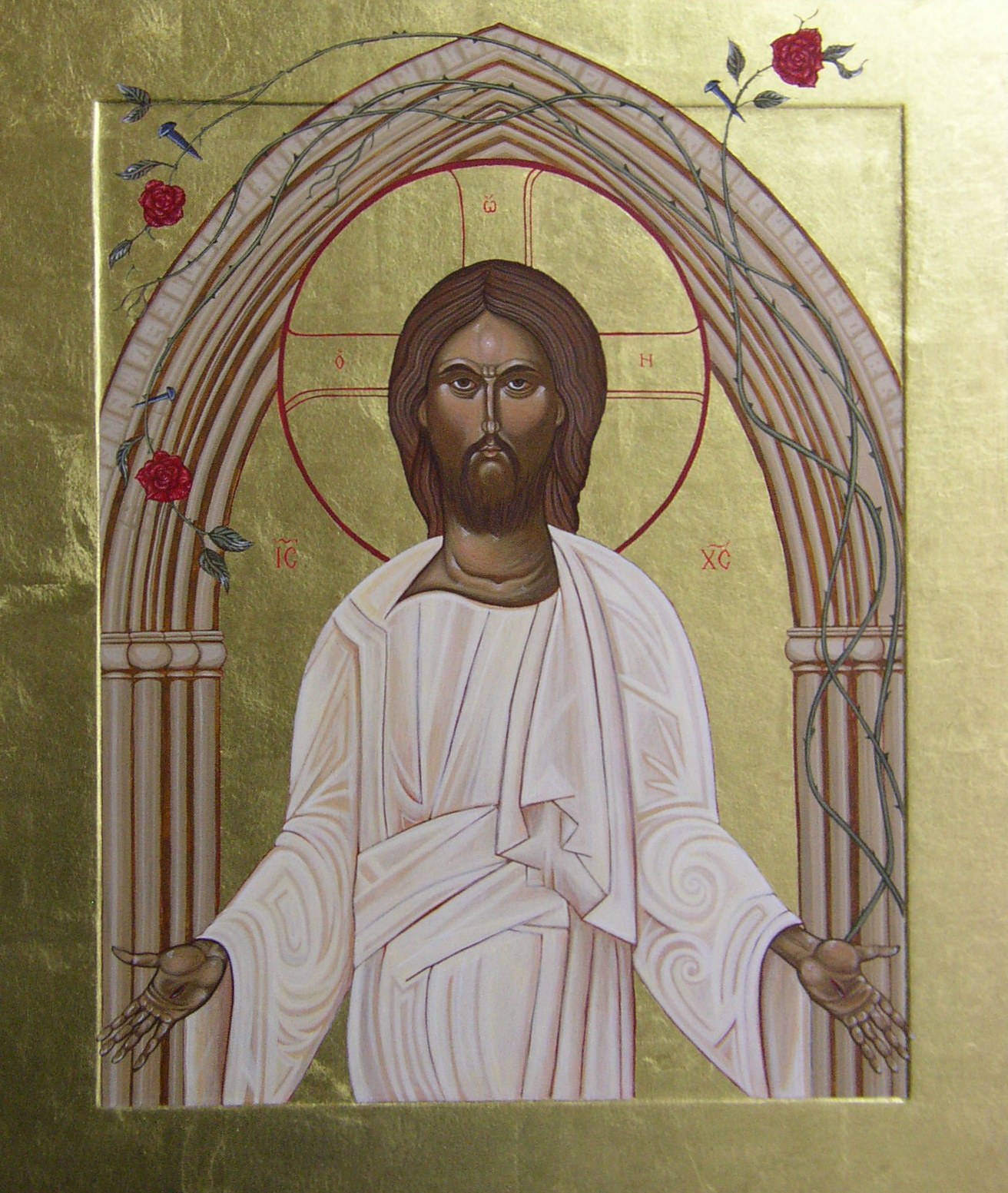“Sitting in a park in Paris, France
Reading the news and it sure looks bad
They won't give peace a chance
That was just a dream some of us had
Still a lot of lands to see
But I wouldn't want to stay here
It's too old and cold and settled in its ways here”
Twenty years ago I arrived in London with £20 to my name. In the space of a day I had found a live-in job in a pub In Hounslow a place where you didn’t serve bottles incase you got one in the face and you took your tie off at the end of the night so you didn’t tempt a disgruntled patron to drag you across the bar for not serving that last pint. The Landlady a small but fierce woman didn’t put up with any trouble though so one was generally safe.
Winter was approaching and this Kiwi didn’t feel prepared. The landlady’s son knew where I could get a good coat to keep me warm from the cold grey English winter. Early one sunday morning we made our way across London to Whitechapel Market in the East End. Within 15 minutes amongst the plethora of things for sale I found my coat. Thick, heavy and a great fit it cost me £5 and it was British made to boot! Bargain!
Nearly twenty years later I sit in my friends flat in Paris after having spent 5 weeks traveling through Andalucia. It is cold and grey outside. I am here for a few days before travelling back to Mojacar, Spain where I have an artist residency for a month. When leaving London friends said take a coat as it will be cold in Spain. I duly took my beloved coat which I had christened my “old man coat” named as I believed it made me look like I had just emerged from down the mines especially when I wore my flat cap. Wearing it on the plane so it wouldn’t be counted as hand luggage I felt ready for my next adventure.
Southern Spain wasn’t cold for this seasoned Brit, the sun shone and it was warm so my coat stayed bundled in a plastic bag carted from Almeria to Malaga, Cadiz to Cordoba. In Granada where there was snow on the peaks of the Sierra Nevada the sky was bright blue, the sun warm and though at night it got chilly it was not enough for me to put on my old man coat.
My beloved old man coat. Five years previously I had spent £80 having it repaired. It had become worn in places, the lining was frayed and the button holes torn. But I wasn’t ready to say good bye to it then, my coat that had seen me through numerous winters including last winter heavy with snow which dragged on and on or the winter of ’94’ when I worked nights returning home in the dark and then getting up to a cold dark sky and leaving to start my next shift. The coat which I had sometimes used as an extra blanket when staying in freezing rooms with summer duvets. The coat which I wore to many a dawn service at church, to funerals where grieving relatives hurt and loss stayed with me until the next funeral. The coat which I wore to my citizenship ceremony, friends weddings and parties. The coat that kept me warm as I wandered the streets of London. The coat which I looked forward to wearing as it hung in my closet during sunnier months.
Traveling through Spain though made me realise I needed to say goodbye to my old man coat Goodbye not only to the feeling of security my coat granted me, but goodbye to the need to have a protective layer, insulated not only from the cold wind that sweeps by but also the warm whisper that beckons me forward to new places, new people and new life.
Arriving in Mojacar at the beginning of my trip I had my coat repaired for one last time. The seamstress told me of growing up in the surrounding hills, of caves, of found ancient objects and mysterious lights at night. A generous and wise woman I listened as she restitched the button holes and sewed together the lining.
“Oh it gets so lonely
When you're walking
And the streets are full of strangers
All the news of home you read
Just gives you the blues
Just gives you the blues
So I bought me a ticket
I caught a plane to Spain
Went to a party down a red dirt road
There were lots of pretty people there
Reading Rolling Stone, reading Vogue
They said, "How long can you hang around?"
I said "a week, maybe two,
Just until my skin turns brown
Then I'm going home to California"
California I'm coming home
Oh will you take me as I am
Strung out on another man
California I'm coming home”
“California”
Joni Mitchell.




